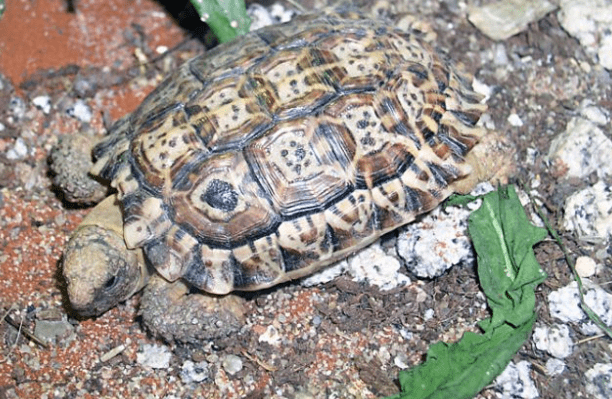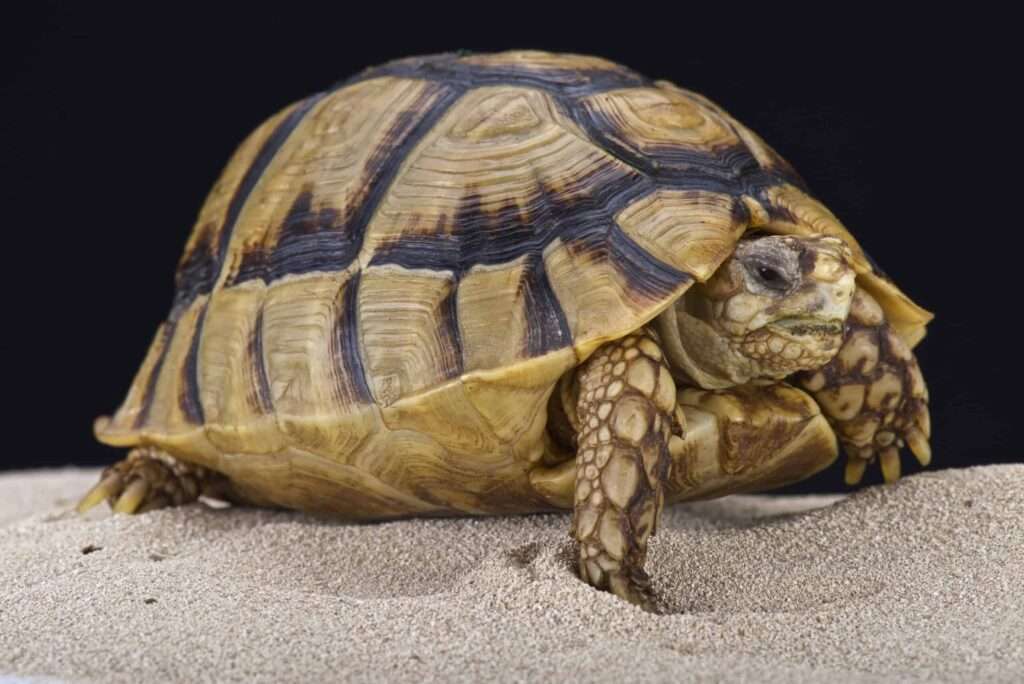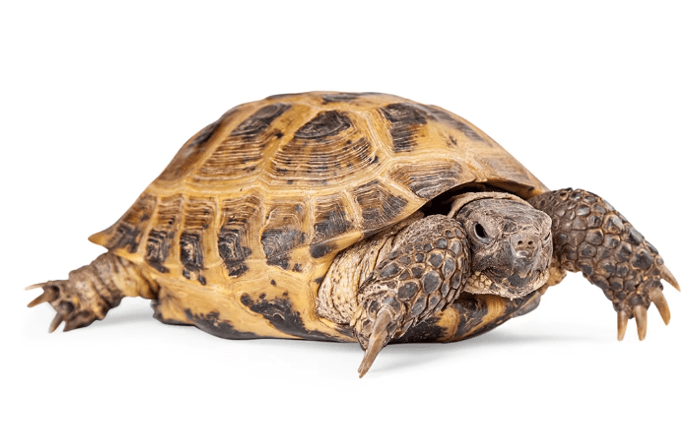
Description
A species of tortoise belonging to the Testudinidae family is the hinge-back tortoise (Kinixys). The carapace, or top of the tortoise’s shell, ranges in colour from tan to dark brown. The carapace’s bony plates, known as scutes, are flat, and the back of the shell’s bony plates bends sharply downward. Rainwater may be channelled for drinking since the front of the shell slopes downward towards the tortoise’s head.
Habitat
The Democratic Republic of the Congo, Equatorial Guinea, Nigeria, Ivory Coast, Gabon, Guinea, Liberia, Ghana, and maybe Togo are all home to the Hingeback Tortoise.
Hinge-back tortoise can be found in its natural habitat in subtropical or tropical swamps, subtropical or tropical lowland woodlands, and plantations.
Behavior
The wet season is when hinge-back tortoises are most active, while the dry months are when they are almost completely inert. They have been observed utilizing the floods created by significant rainfall to float to various locations throughout the rainy season.

Keeping as Pet
Housing
Ideally, tortoises shouldn’t be maintained in vivaria because these enclosures frequently have respiratory issues. Some tropical tortoises, like the Hingebacks, may need to be kept in specially designed vivarium setups, though, in order to maintain humidity levels. If you plan to put your tortoise in a vivarium, make sure there are enough ventilation holes. Alternately, you may build a floor pen or a tortoise table. For the majority of tortoises, this must have sturdy (1 foot high) sides. Many are made of plastic or wood. The space should be as big as possible, but as it gets bigger, more places will need to be set aside for basking. It is advised that a small juvenile be at least 90 cm (3 feet) long and 30 cm (1 foot) wide. This is necessary to permit the creation of a thermal gradient from hot to cold along the length of the enclosure.
In these timid species, hides are necessary to provide some security. You can use artificial plants, plant pots, cardboard boxes, logs, or hides that are readily accessible commercially. Both the heated and cool ends of the tank should have these.
Newspaper, Astroturf, and several of the commercially available substrates are excellent housing materials for tortoises. It is also possible to utilize natural surfaces like soil, peat, or bark mulch to enable digging and support humidity maintenance. It is crucial that the substrates either cannot be consumed or, if they are, do not obstruct the flow because doing so could be fatal. For this reason, wood chip-based substrates must never be used.
To help prevent disease, the enclosure should be thoroughly cleaned with a proper disinfectant at least once per week and spot cleaned every day.
Diet
Banana, watermelon, guava, black mushrooms, cooked potato, cooked sweet potato, cooked or raw squash, and sources of animal protein like earthworms, mealworms, crickets, snails, and fish may all be included in this species’ diet when kept in captivity.
Table





